 November
07
November
07
THE HIGH: CEZANNE- MASTERPIECES OF EUROPEAN ART FROM THE PEARLMAN COLLECTION
EXHIBITION OVERVIEW
In the mid-twentieth century, businessman Henry Pearlman, the founder of Eastern Cold Storage Company, assembled an extraordinary collection of European modern art. He was particularly drawn to the work of Paul Cézanne, one of the most pivotal figures in the development of modernism. Pearlman acquired some twenty-four of Cézanne’s paintings, including one of the most significant private holdings of the artist’s watercolors. This exhibition is the first public tour of the Pearlman collection since the 1970s.
The vibrant colors, strong compositions, and bold brushwork of the School of Paris, including Chaïm Soutine and Amedeo Modigliani, reverberate throughout the collection. They accompany works by influential older artists: Édouard Manet, Vincent van Gogh, Paul Gauguin, Henri de Toulouse-Lautrec, and Camille Pissarro. Henry Pearlman found living with these works of art in both his home and office a transformative experience, which he aimed to share with others by lending his collection. The present international tour of the Pearlman Collection has been organized in this spirit of generosity.
To complement the Pearlman holdings, five portraits by Soutine from a private collection are also on view.
CEZANNE
Paul Cézanne (1839-1906) was born in Aix-en-Provence, in southern France, the landscape that became his most frequent subject. In his youth, he defied his banker father’s wishes by leaving the university where he was studying law to become an artist. He showed in two Impressionist Salons before removing his art from public view for decades due to his sensitivity to criticism.
Cézanne once announced that he wished to paint nature as if no one had ever painted it. Indeed, he developed a completely new way of painting, eschewing traditional forms of perspective and laying down paint in parallel patches of color. During his lifetime, Cézanne’s art was controversial because it diverged so drastically from the norm. At the end of his life, however, young artists would visit Cézanne at his home in Aix to learn from him. He became immensely influential – a pivotal artist in the early history of modernism.
The paintings in the Pearlman Collection beautifully show Cézanne’s artistic range. They include a small, intimate portrait of the artist’s son and one of his last views of Mont Sainte-Victoire, the Provençal mountain he revisited many times throughout his career.
SOUTINE
In addition to the paintings by Chaïm Soutine in the Pearlman Collection, five portraits by the artist from the Lewis Collection are on view. All five depict anonymous subjects, but each is deeply individuated, showing Soutine’s careful observation of the particularities of each person he painted.
Soutine (1893-1943) was born into a poor family in Smilovitchi, Lithuania, and grew up in an Orthodox Jewish community. After graduating from the Academy of Fine Arts in Vilna, Soutine moved to Paris and enrolled at the École des Beaux Arts.
Critics and collectors saw Soutine as the artistic successor to Cézanne. Like the older artist, Soutine avoided traditional forms of perspective, especially in his landscapes. Trees and buildings are tipped upward, offering a disorienting view that borders on abstraction. But Soutine’s energetic application of paint stood in contrast to the work of his predecessors. He took advantage of the three-dimensional quality of oil paint, sculpting it on the surface of the canvas in thick strands. After his death, Soutine would serve as a key influence to such important artistic figures as Willem de Kooning, Lucian Freud, and Francis Bacon.
PHOTOS:








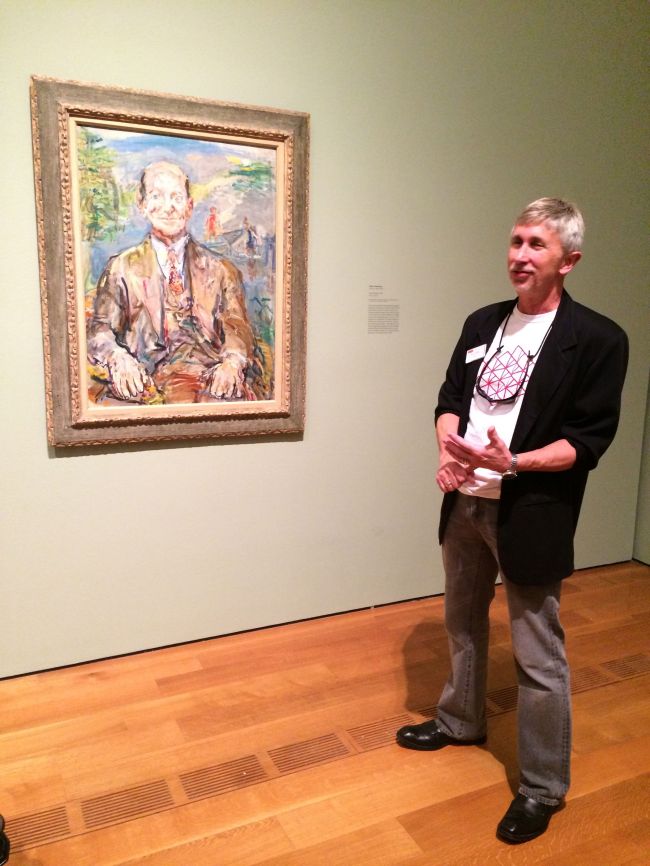
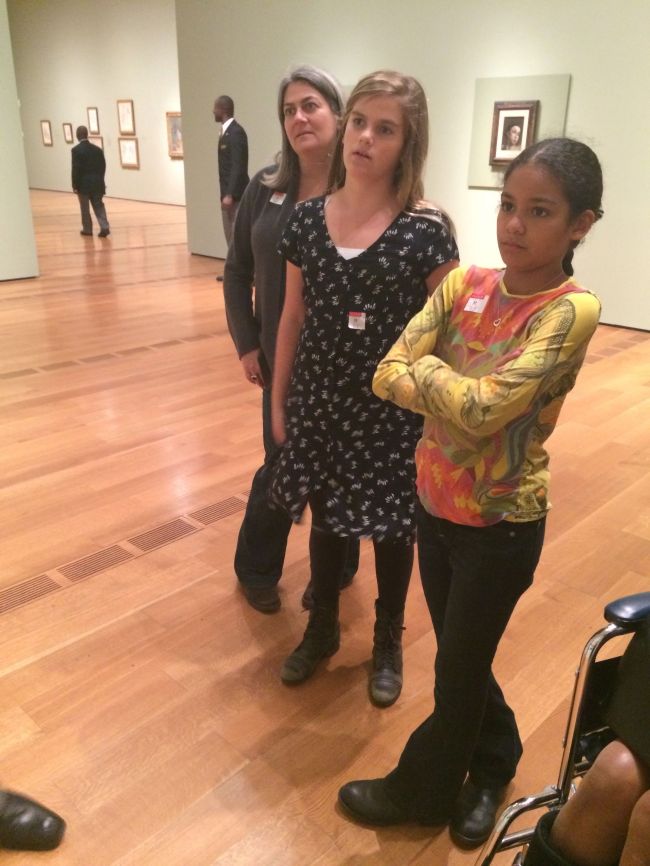




















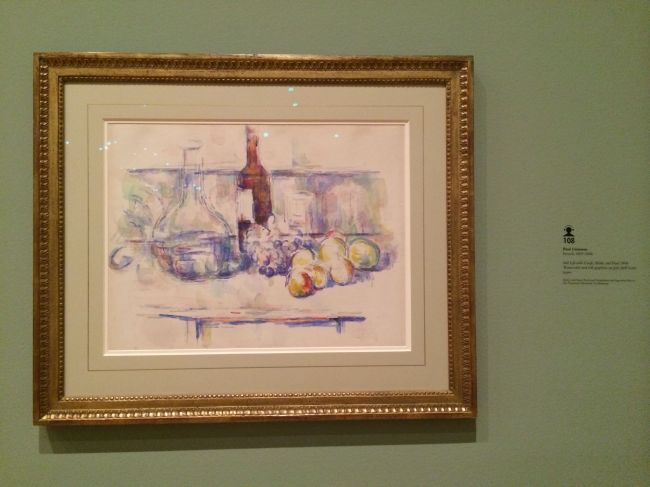








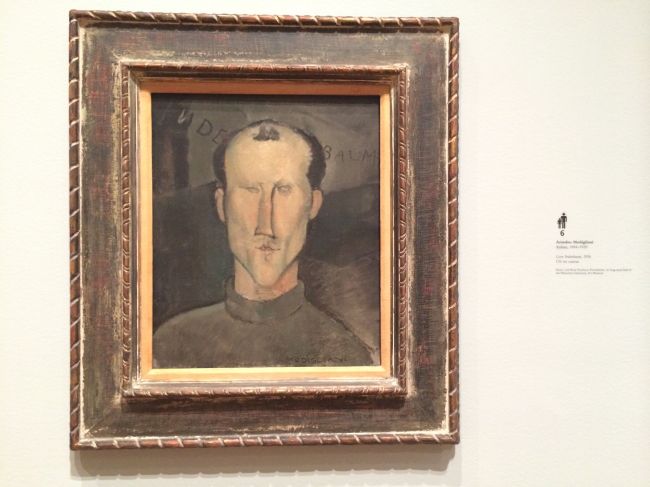








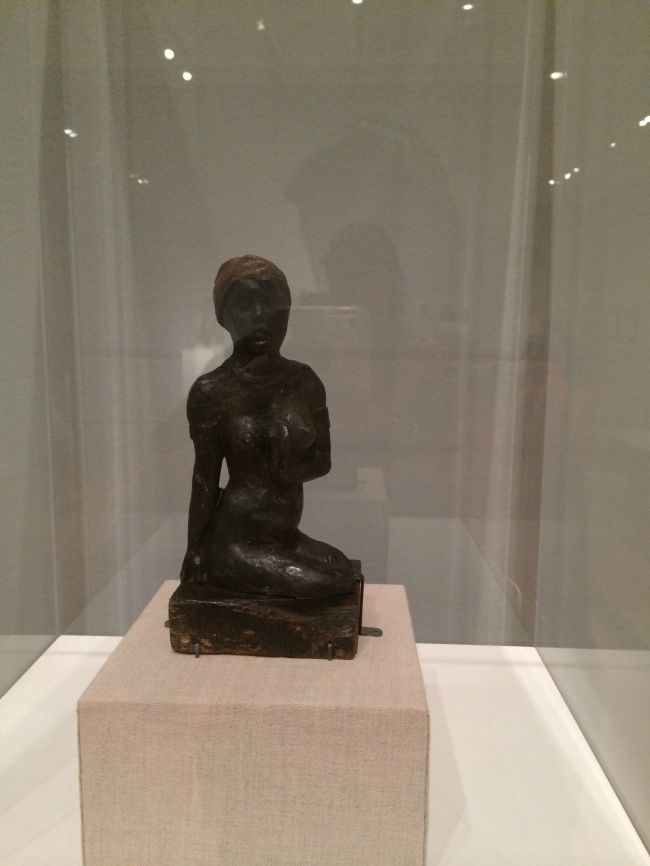




















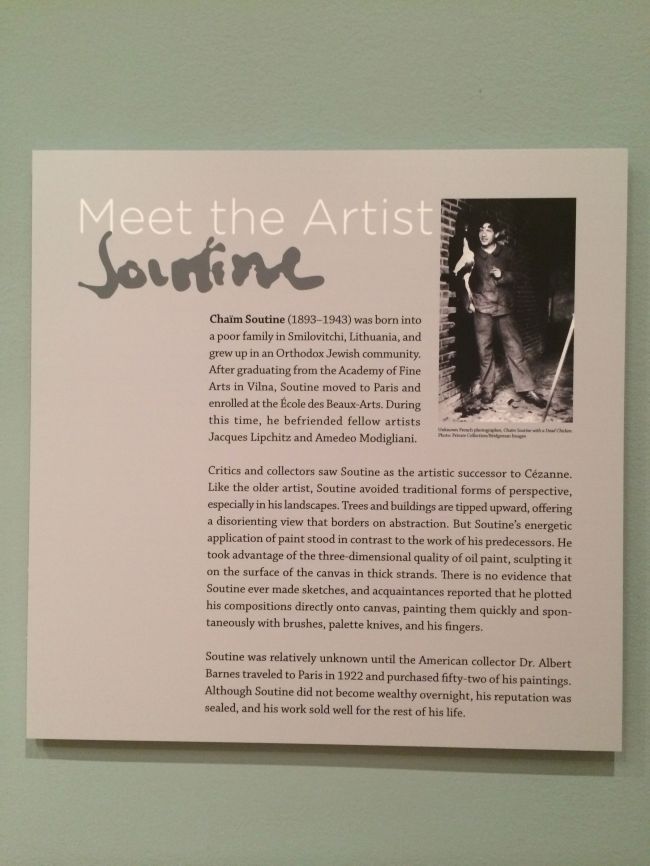
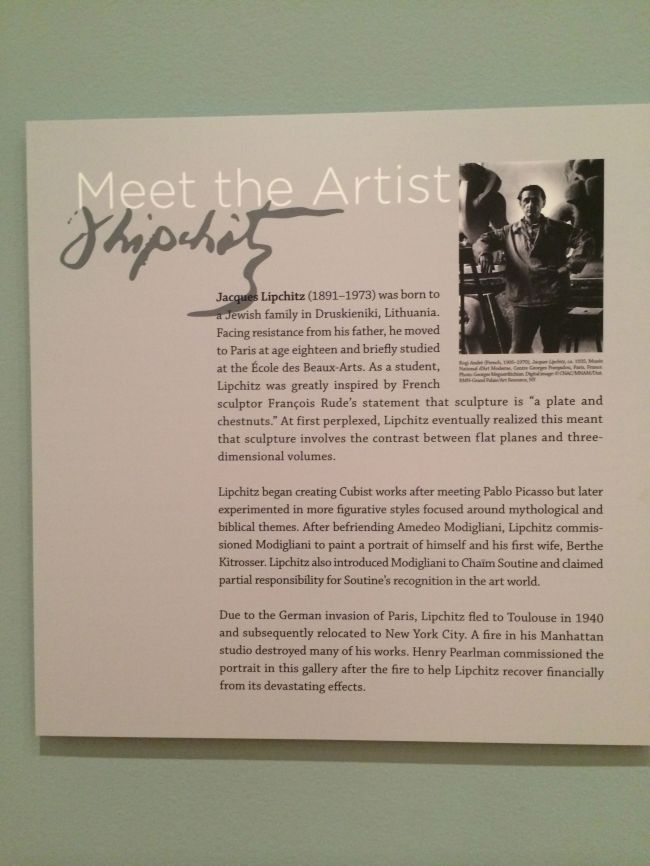




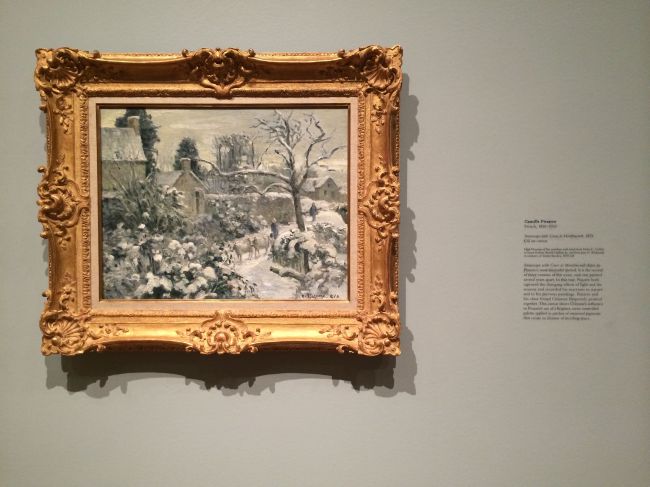









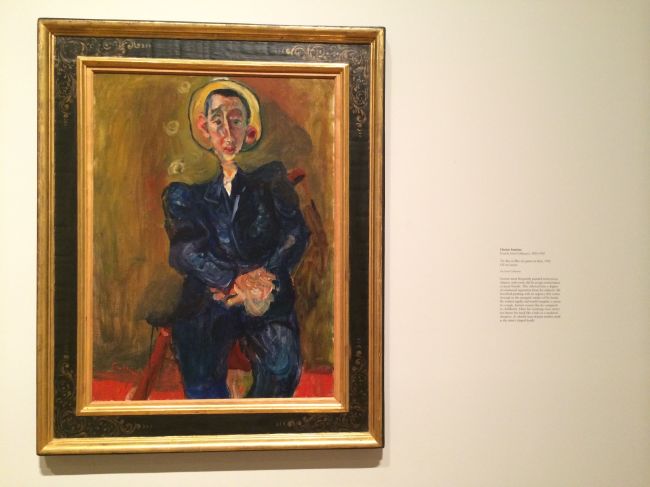







You must be logged in to post a comment.